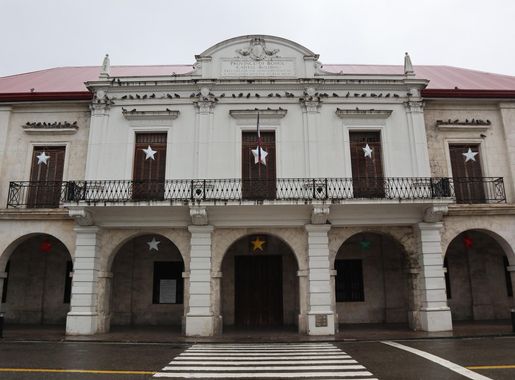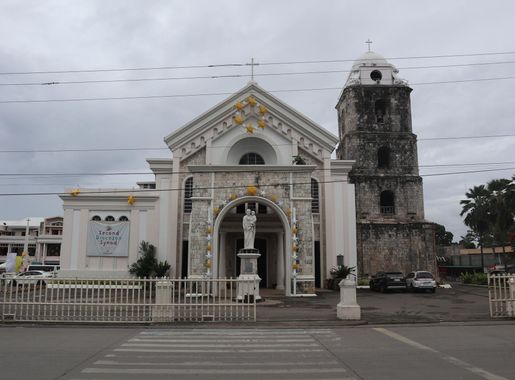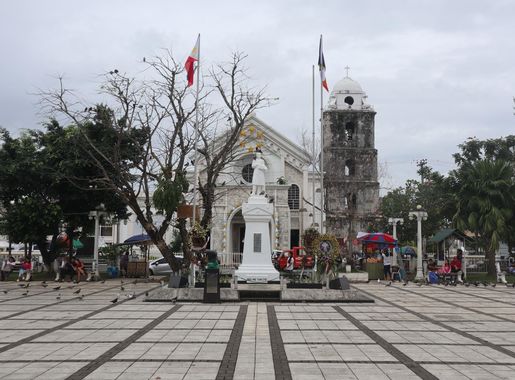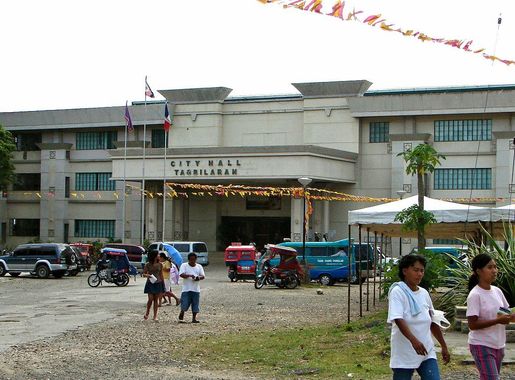
Tagbilaran City: The Gateway to Bohol's Wonders
Discover Tagbilaran City, the vibrant gateway to Bohol's natural wonders, historical landmarks, and cultural treasures, offering a blend of charm and modernity.
Tagbilaran City, the capital of Bohol, is often referred to as the gateway to the island's many natural and cultural wonders. Known for its friendly locals and rich history, the city offers a blend of old-world charm and modern amenities that make it a perfect starting point for your Bohol adventure. One of the city's highlights is the Blood Compact Shrine, which commemorates the historic pact between Spanish explorer Miguel López de Legazpi and local chieftain Datu Sikatuna. This monument provides a glimpse into the island's colonial past and is a must-visit for history enthusiasts. Nearby, you'll find the Bohol National Museum, home to artifacts and exhibits that narrate the story of Bohol from pre-colonial times to the present day. For those who enjoy a more relaxed pace, Tagbilaran offers several parks and waterfront areas where you can unwind. The K of C Promenade by the sea is a popular spot for evening strolls, offering stunning views of the sunset over the Bohol Sea. The city's bustling markets and shopping centers also provide ample opportunities for souvenir hunting and sampling local delicacies. Tagbilaran is also a convenient base for exploring the rest of Bohol. From here, you can easily arrange tours to the famous Chocolate Hills, the Tarsier Sanctuary, and the pristine beaches of Panglao Island. Whether you're a history buff, a nature lover, or simply looking to relax, Tagbilaran City has something to offer everyone.
Local tips in Tagbilaran City
- Visit the Blood Compact Shrine early in the morning to avoid crowds and enjoy the serene atmosphere.
- Take a leisurely evening stroll along the K of C Promenade for beautiful sunset views.
- Use Tagbilaran as a base to explore nearby attractions like the Chocolate Hills and Tarsier Sanctuary.
- Try local delicacies at the city's markets for an authentic taste of Bohol cuisine.
- Consider renting a scooter for easy and flexible transportation around the city and nearby attractions.
Tagbilaran City: The Gateway to Bohol's Wonders
Tagbilaran City, the capital of Bohol, is often referred to as the gateway to the island's many natural and cultural wonders. Known for its friendly locals and rich history, the city offers a blend of old-world charm and modern amenities that make it a perfect starting point for your Bohol adventure. One of the city's highlights is the Blood Compact Shrine, which commemorates the historic pact between Spanish explorer Miguel López de Legazpi and local chieftain Datu Sikatuna. This monument provides a glimpse into the island's colonial past and is a must-visit for history enthusiasts. Nearby, you'll find the Bohol National Museum, home to artifacts and exhibits that narrate the story of Bohol from pre-colonial times to the present day. For those who enjoy a more relaxed pace, Tagbilaran offers several parks and waterfront areas where you can unwind. The K of C Promenade by the sea is a popular spot for evening strolls, offering stunning views of the sunset over the Bohol Sea. The city's bustling markets and shopping centers also provide ample opportunities for souvenir hunting and sampling local delicacies. Tagbilaran is also a convenient base for exploring the rest of Bohol. From here, you can easily arrange tours to the famous Chocolate Hills, the Tarsier Sanctuary, and the pristine beaches of Panglao Island. Whether you're a history buff, a nature lover, or simply looking to relax, Tagbilaran City has something to offer everyone.
Iconic landmarks you can’t miss
Tagbilaran City Tourist Port
Explore the vibrant Tagbilaran City Tourist Port, your gateway to the breathtaking wonders of Bohol, Philippines.
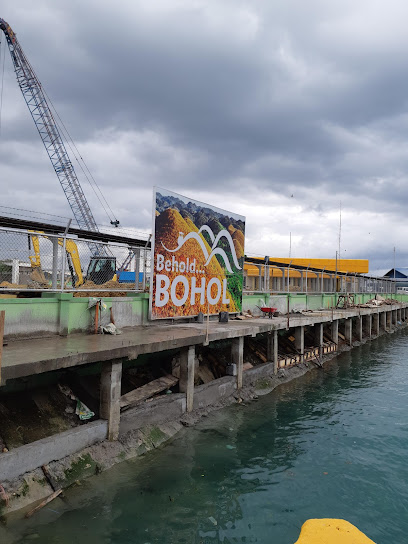
Blood Compact Shrine
Discover the rich history of the Philippines at the Blood Compact Shrine, a significant landmark in Tagbilaran City, Bohol.
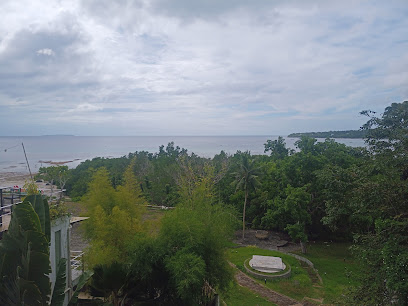
St. Joseph the Worker Cathedral Shrine
Discover the architectural beauty and spiritual tranquility of St. Joseph the Worker Cathedral Shrine in Tagbilaran City, a must-visit attraction in Bohol.
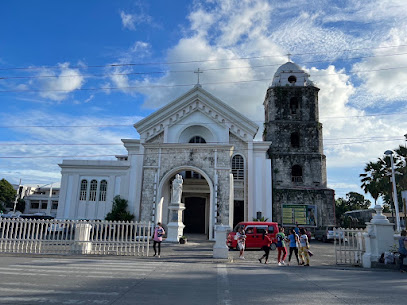
National Museum of the Philippines - Bohol
Explore the National Museum of the Philippines - Bohol for an enriching journey through the island's history and cultural heritage, perfect for any traveler.
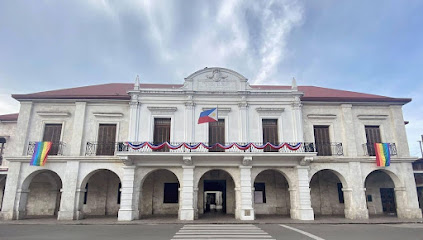
President Carlos P. Garcia Park
Explore the serene beauty and historical significance of President Carlos P. Garcia Park, a must-visit destination in Tagbilaran City, Bohol.

Banat-i Hill
Explore the breathtaking vistas of Banat-i Hill in Tagbilaran City, Bohol - a hiker's paradise surrounded by lush landscapes.
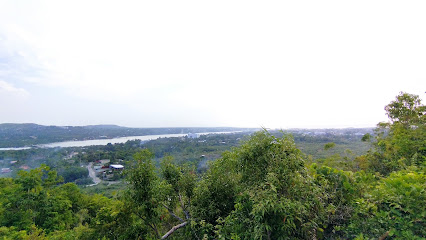
Carlos P. Garcia Heritage Museum
Explore the Carlos P. Garcia Heritage Museum in Tagbilaran City, Bohol, and uncover the legacy of a revered Filipino president through engaging exhibits.
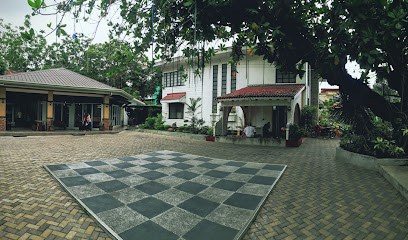
Tubig Dako Taloto
Discover the serene beauty of Tubig Dako Taloto, a tranquil public bath in Tagbilaran City, perfect for relaxation and cultural immersion in Bohol.
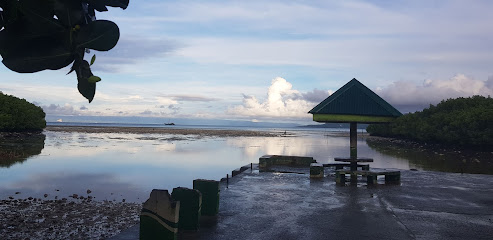
Balay Kabilin - Bohol Heritage House and Museum
Explore Bohol's cultural treasures at Balay Kabilin, a heritage house and museum showcasing the island's rich history and traditions.
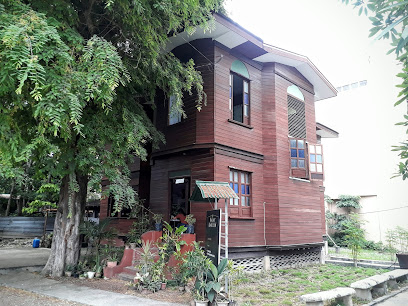
Mabelle bangalao
Discover the rich history and serene beauty of Mabelle Bangalao, a captivating historical landmark in Tagbilaran City, Bohol.
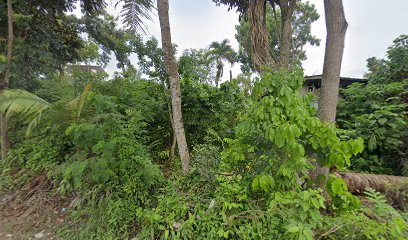
Unmissable attractions to see
Blood Compact Shrine
Explore the Blood Compact Shrine in Bohol—a significant monument symbolizing friendship and unity in Philippine history.
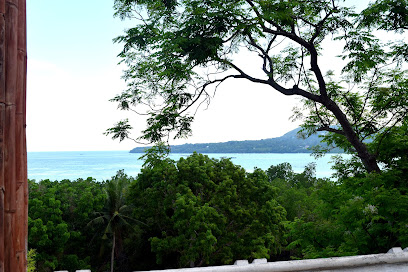
Plaza Jose P. Rizal
Experience tranquility and culture at Plaza Jose P. Rizal, a historic park in Tagbilaran City, Bohol, perfect for relaxation and exploration.
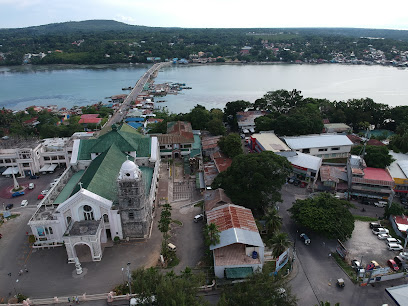
Abatan River Community Life Tour
Experience the natural beauty and cultural richness of Bohol through the Abatan River Community Life Tour, a must-see for all visitors.
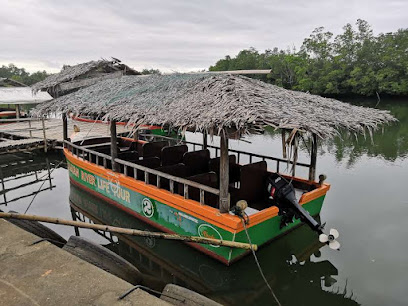
National Museum of the Philippines - Bohol
Explore the rich cultural heritage of the Philippines at the National Museum of the Philippines - Bohol, a treasure trove of history and art.
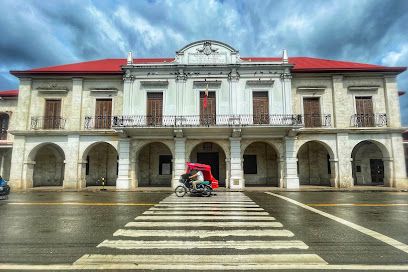
Carlos P. Garcia Heritage Museum
Discover the legacy of Carlos P. Garcia and the rich cultural heritage of Bohol at the Carlos P. Garcia Heritage Museum in Tagbilaran City.
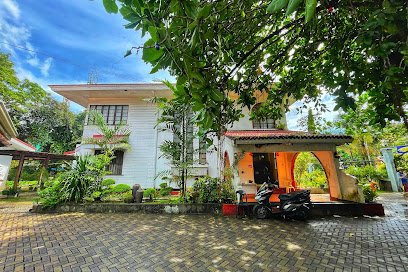
Balay Kabilin - Bohol Heritage House and Museum
Explore Bohol's rich cultural tapestry at Balay Kabilin, a heritage museum showcasing local history, artifacts, and traditional Filipino architecture.

Kilometer Zero (Bohol)
Experience the cultural heartbeat of Bohol at Kilometer Zero, the starting point for all adventures in this stunning Philippine province.
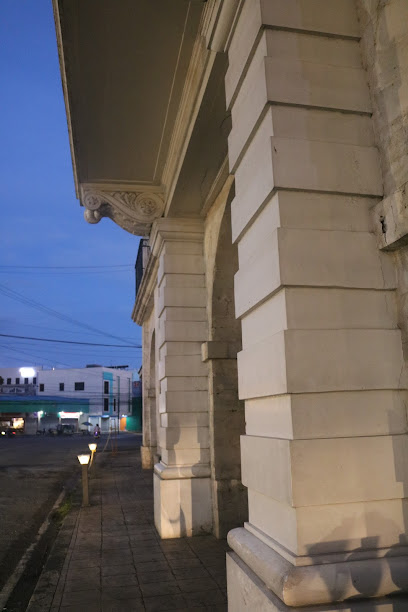
Elly's Floating Cottage
Experience tranquility and natural beauty at Elly's Floating Cottage in Tagbilaran City, Bohol, a unique water retreat in the heart of the Philippines.
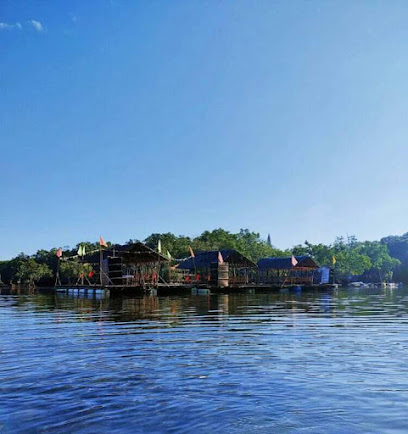
Mangrove Sanctuary of Taloto
Discover the serene Mangrove Sanctuary of Taloto in Tagbilaran City, Bohol, a peaceful retreat for nature lovers and wildlife enthusiasts.
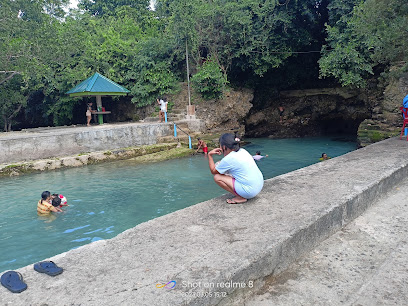
Articuno Wall Art
Explore Articuno Wall Art in Tagbilaran City, Bohol – a vibrant showcase of local artistry and cultural expression.
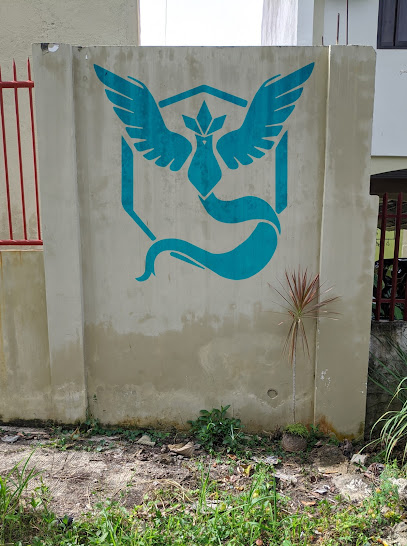
Essential places to dine
The Prawn Farm
Dive into an unforgettable seafood experience at The Prawn Farm in Tagbilaran City – where freshness meets flavor in every dish.
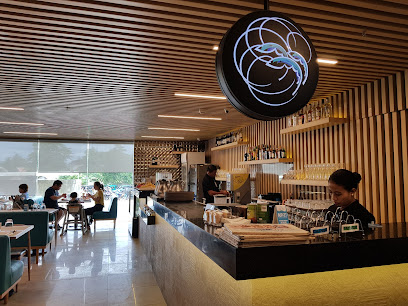
JJ's SEAFOOD VILLAGE
Discover the best seafood dining experience at JJ's Seafood Village in Tagbilaran City - where fresh meets flavor!
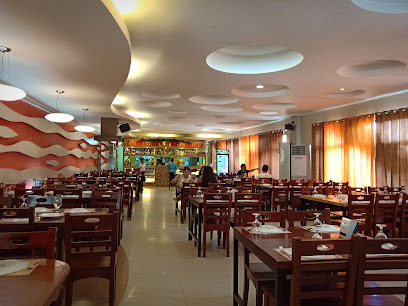
Gerarda's Place
Experience authentic Filipino cuisine at Gerarda's Place in Tagbilaran City—where every dish tells a story.
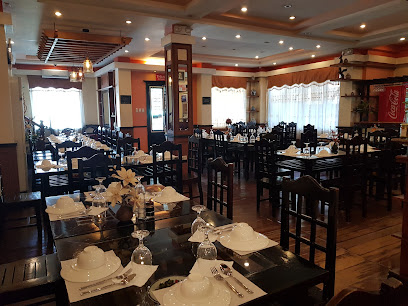
Lantaw Native Restaurant Bohol
Discover the essence of Filipino cuisine at Lantaw Native Restaurant in Tagbilaran City – where every dish tells a story.
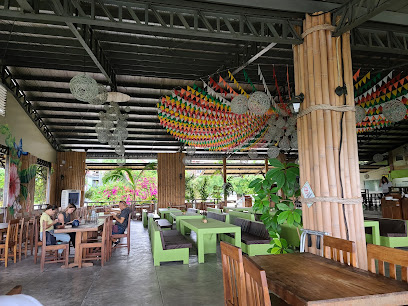
Al Fresco Bay Cafe' & Restobar
Experience the vibrant flavors of Italy at Al Fresco Bay Cafe' & Restobar in Tagbilaran City – where every meal is a delightful journey.
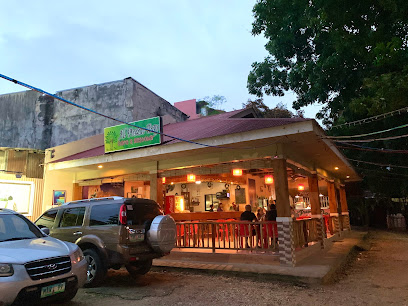
Bohol Pearl - Korean Restaurant
Experience authentic Korean cuisine at Bohol Pearl Restaurant in Tagbilaran City - a delightful culinary journey awaits!
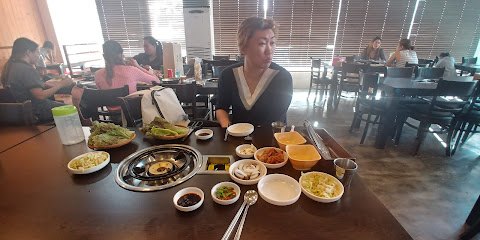
JOSÉ Tagbilaran
Experience authentic Filipino cuisine at JOSÉ Tagbilaran—where local flavors meet Asian fusion in a family-friendly setting.
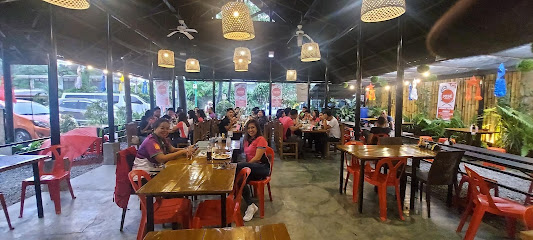
SMOQUE bistro + Cafe &bar
Discover SMOQUE Bistro in Tagbilaran City - where local flavors meet vibrant atmosphere for an unforgettable dining experience.
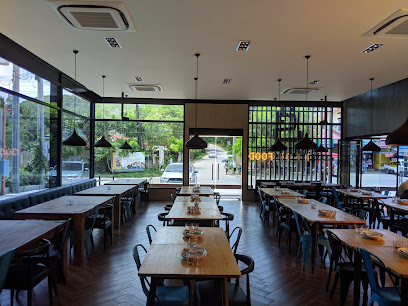
SEAFRONT SEPO GRILL & RESTAURANT
Experience breathtaking ocean views and authentic Filipino flavors at Seafront Sepo Grill & Restaurant in Tagbilaran City.
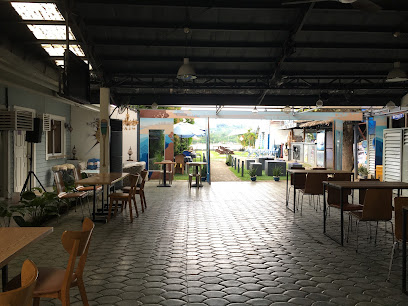
Susan's Kilawin
Experience authentic Filipino cuisine at Susan's Kilawin in Tagbilaran City—home of delicious kilawin and warm hospitality.
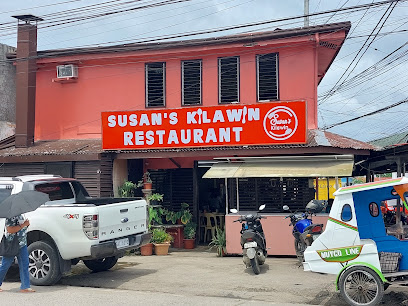
Markets, malls and hidden boutiques
Island City Mall Boutique
Experience the charm of Bohol shopping at Island City Mall Boutique, where fashion meets local artistry in a vibrant setting.
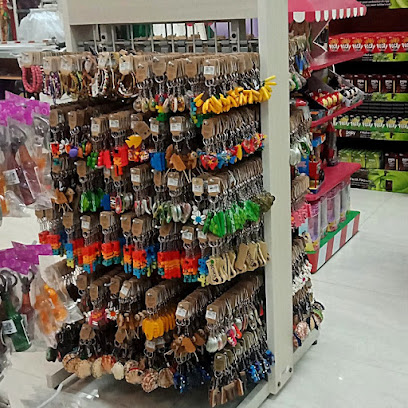
Bool junction tagbilaran City
Discover the essence of Bohol at Bool Junction Souvenir Store, where authentic local crafts meet warm hospitality.
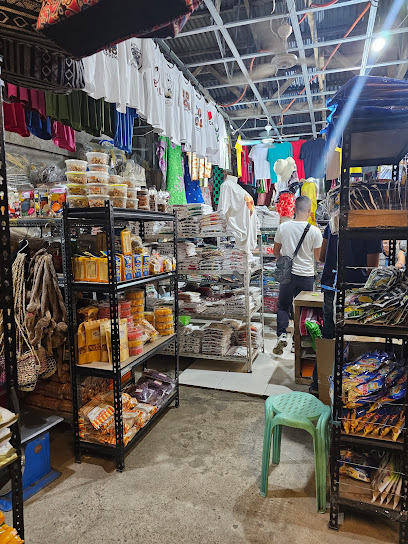
Swing's Tagbilaran
Explore Swing's Tagbilaran for unique gifts, fashion accessories, and local souvenirs that capture the spirit of Bohol.
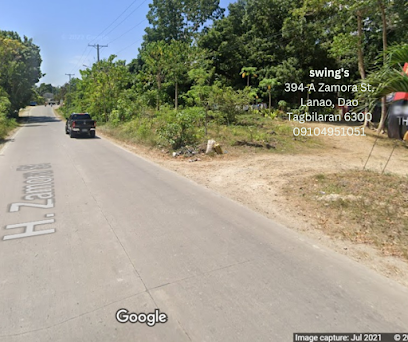
The Fairtrade Shop
Explore The Fairtrade Shop in Tagbilaran City for unique Bohol souvenirs that support local artisans and embrace sustainable practices.

ShopBohol
Explore ShopBohol for unique clothing and accessories that reflect the vibrant culture and artistry of Bohol, a must-visit in Tagbilaran City.
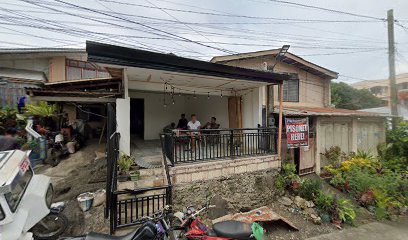
LG's delicacies and souvenir shop
Explore the flavors and craftsmanship of Bohol at LG's Delicacies and Souvenir Shop, your gateway to authentic local treats and memorable keepsakes.
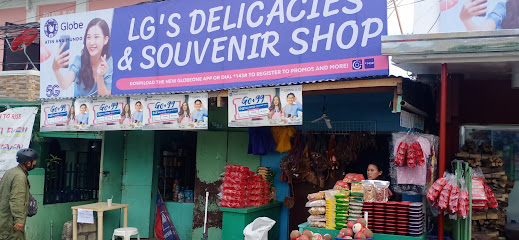
2-J Gift Shoppe
Explore the vibrant culture of Bohol at 2-J Gift Shoppe, where unique souvenirs and local crafts await every traveler.
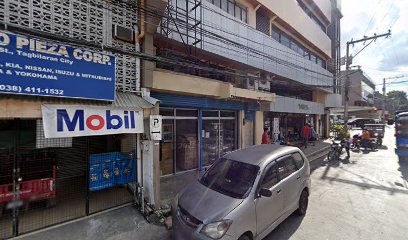
Louxury Shop
Discover the latest fashion trends at Louxury Shop in Tagbilaran City, a must-visit boutique for stylish women's clothing and accessories.
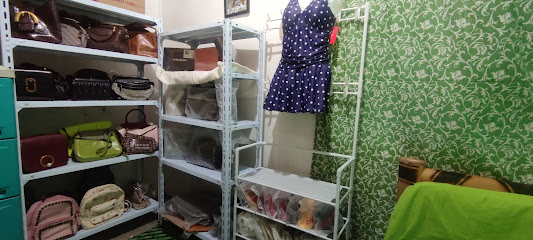
Project 615 Eco-favors & Gift shop
Explore Project 615 Eco-favors & Gift Shop in Tagbilaran City for unique, eco-friendly souvenirs that celebrate Bohol's rich culture and artistry.
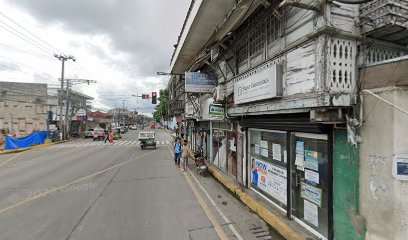
RJB Jewelry & Gift Shoppe - CPG Avenue
Explore the exquisite RJB Jewelry & Gift Shoppe in Tagbilaran City for unique souvenirs and handcrafted jewelry showcasing Bohol's rich cultural artistry.
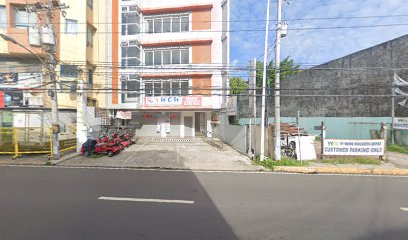
Essential bars & hidden hideouts
Al Fresco Bay Cafe' & Restobar
Discover the delightful Italian cuisine at Al Fresco Bay Cafe' & Restobar in Tagbilaran City, Bohol, where taste meets relaxation.
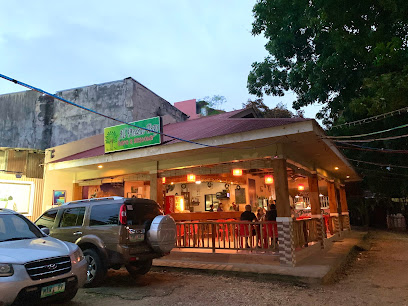
SMOQUE bistro + Cafe &bar
Discover the vibrant culinary scene at SMOQUE Bistro + Cafe & Bar in Tagbilaran City, where diverse flavors and live music come together.
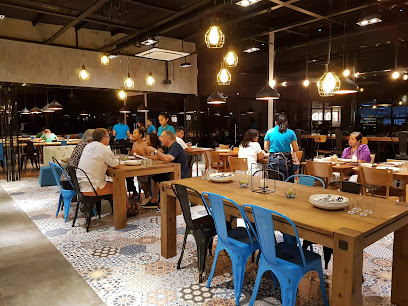
Cóclea Lounge Bar
Experience the lively nightlife at Cóclea Lounge Bar in Tagbilaran City, Bohol—a perfect blend of drinks, music, and vibrant atmosphere.
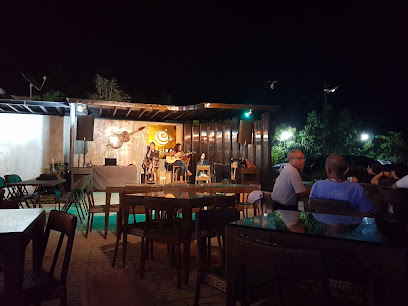
Martin's Music & Resto-bar
Discover the lively atmosphere of Martin's Music & Resto-bar, where delicious cuisine meets unforgettable live music in Tagbilaran City.
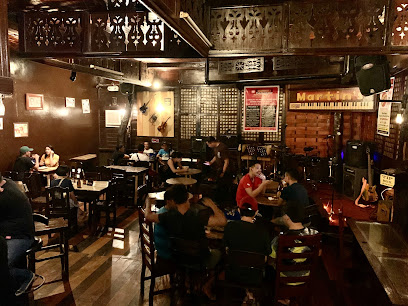
Spindrift Restobar Lite Port
Discover the vibrant nightlife of Bohol at Spindrift Restobar, your go-to destination for drinks and socializing in Tagbilaran City.
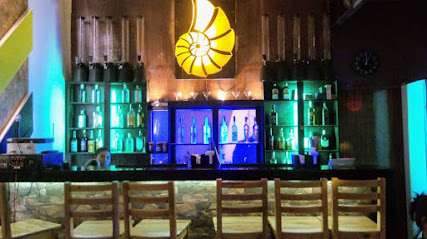
Time Out Sports Bar
Discover the lively atmosphere of Time Out Sports Bar in Tagbilaran City, where sports and great food come together for an unforgettable experience.

D'Box Bar and Restaurant
Discover the lively atmosphere of D'Box Bar and Restaurant in Tagbilaran City, where great food, drinks, and live music come together.
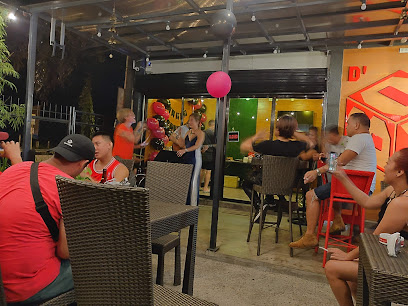
Sky 7 Bar And Resto
Discover a vibrant rooftop atmosphere at Sky 7 Bar And Resto, offering delicious cuisine and breathtaking views in Tagbilaran City, Bohol.
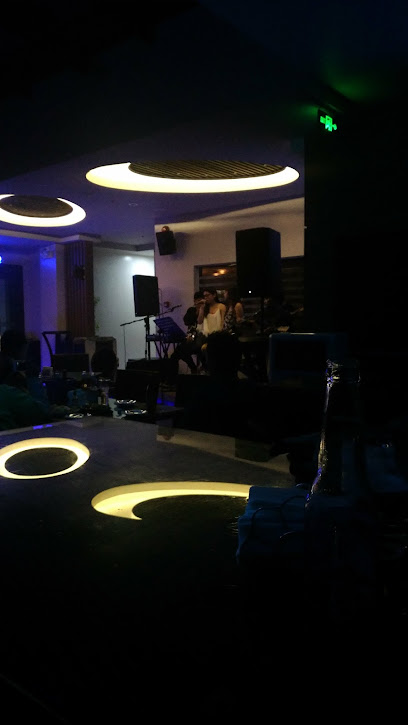
Hangover Bar and Restaurant
Experience the vibrant nightlife of Tagbilaran City at Hangover Bar and Restaurant, where delicious food meets live music and karaoke fun.
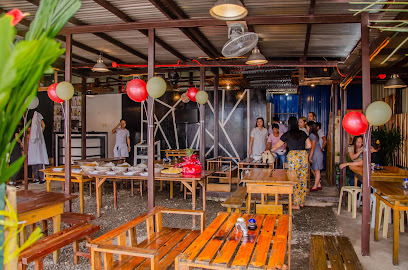
Lotus Cuisine Sea Club
Experience the vibrant nightlife at Lotus Cuisine Sea Club in Tagbilaran City, where local flavors meet a lively atmosphere.
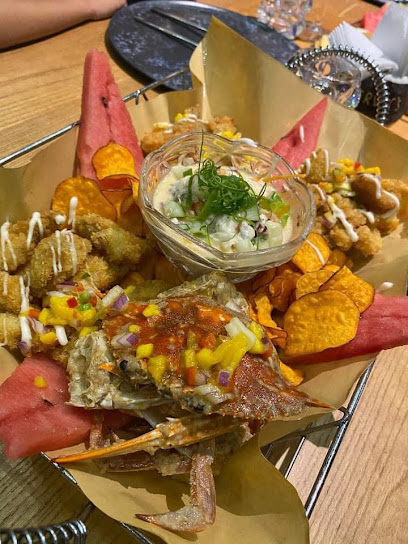
Local Phrases
-
- HelloKumusta
[koo-moo-sta] - GoodbyePaalam
[pa-ah-lam] - YesOo
[oh-oh] - NoDili
[dee-lee] - Please/You're welcomePalihug
[pa-lee-hoog] - Thank youSalamat
[sa-la-mat] - Excuse me/SorryPasayloa ko
[pa-sa-ylo-ah ko] - How are you?Kumusta ka?
[koo-moo-sta ka?] - Fine. And you?Maayo. Ug ikaw?
[ma-yo. oog ee-kaw?] - Do you speak English?Kahibalo ka mag-Ingles?
[ka-hee-ba-lo ka mag-een-gles?] - I don't understandDili ko kasabot
[dee-lee ko ka-sa-bot]
- HelloKumusta
-
- I'd like to see the menu, pleaseGusto ko makakita sa menu, palihug
[goo-sto ko ma-ka-kee-ta sa me-noo, pa-lee-hoog] - I don't eat meatDili ko kaon ug karne
[dee-lee ko ka-on oog kar-ne] - Cheers!Mabuhi!
[ma-boo-hee!] - I would like to pay, pleaseGusto ko muabay, palihug
[goo-sto ko moo-a-bay, pa-lee-hoog]
- I'd like to see the menu, pleaseGusto ko makakita sa menu, palihug
-
- Help!Tabang!
[ta-bang!] - Go away!Lakaw!
[la-kaw!] - Call the Police!Tawagi ang Pulis!
[ta-wa-gee ang pu-lees!] - Call a doctor!Tawagi og doctor!
[ta-wa-gee og dok-tor!] - I'm lostNawala ko
[na-wa-la ko] - I'm illSakit ko
[sa-kit ko]
- Help!Tabang!
-
- I'd like to buy...Gusto ko mopalit...
[goo-sto ko mo-pa-leet...] - I'm just lookingNagatan-aw lang ko
[na-ga-tan-aw lang ko] - How much is it?Pila ni?
[pee-la nee?] - That's too expensiveMahal kaayo ni
[ma-hal ka-a-yo nee] - Can you lower the price?Mahimo ka mubaligya?
[ma-hee-mo ka moo-ba-leeg-ya?]
- I'd like to buy...Gusto ko mopalit...
-
- What time is it?Unsay oras karon?
[oon-sai o-ras ka-ron?] - It's one o'clockAlas usa na
[a-las u-sa na] - Half past (10)Alas napulo ug tunga
[a-las na-poo-lo oog toong-a] - MorningBuntag
[boon-tag] - AfternoonHapon
[ha-pon] - EveningGabii
[ga-bee] - YesterdayKagahapon
[ka-ga-ha-pon] - TodayKaron
[ka-ron] - TomorrowUgma
[oog-ma] - 1Usa
[u-sa] - 2Duha
[doo-ha] - 3Tulo
[too-lo] - 4Upat
[oo-pat] - 5Lima
[lee-ma] - 6Unom
[oo-nom] - 7Pito
[pee-to] - 8Walo
[wa-lo] - 9Siyam
[see-yam] - 10Napulo
[na-poo-lo]
- What time is it?Unsay oras karon?
-
- Where's a/the...?Asa ang...?
[a-sa ang...?] - What's the address?Unsay address?
[oon-sai ad-dress?] - Can you show me (on the map)?Mahimo ka magpakita nako (sa mapa)?
[ma-hee-mo ka mag-pa-kee-ta na-ko (sa ma-pa)?] - When's the next (bus)?Kanus-a ang sunod (bus)?
[ka-noo-sa ang soo-nod (bus)?] - A ticket (to ....)Usa ka tiket (paingon sa ....)
[u-sa ka tee-ket (pa-een-gon sa ....)]
- Where's a/the...?Asa ang...?
History of Tagbilaran City
-
Tagbilaran City, the capital of Bohol, was officially founded in 1565 when Spanish explorer Miguel López de Legazpi arrived in the Philippines. This event marked the beginning of Spanish colonization, leading to the introduction of Christianity in the region, which significantly shaped the local culture and society.
-
In 1898, Tagbilaran played a pivotal role during the Philippine Revolution against Spanish rule. The Battle of Bohol saw local forces, led by General Juan D. dela Cruz, engage in combat against Spanish troops, showcasing the city's importance in the struggle for independence.
-
Under American colonial rule, Tagbilaran was officially designated as a city in 1901. This period saw significant changes in governance, infrastructure development, and the establishment of public education, laying the groundwork for modern Tagbilaran.
-
Tagbilaran was occupied by Japanese forces during World War II. The city experienced hardships and resistance from local guerrilla fighters. The liberation of Bohol in 1945 marked a significant return to autonomy and the rebuilding of the city and its communities.
-
Tagbilaran City is known for its rich cultural heritage, celebrated through various festivals such as the Sandugo Festival, which commemorates the blood compact between Sikatuna and Miguel López de Legazpi. This annual event showcases local traditions, music, dance, and culinary delights, reflecting the city's vibrant culture.
Tagbilaran City Essentials
-
Tagbilaran City is accessible via Tagbilaran Airport, which offers domestic flights from major cities like Manila and Cebu. From the airport, you can take a taxi or a tricycle to reach your destination in the city. Alternatively, ferry services connect Tagbilaran to Cebu City and other nearby islands, with travel times averaging around 2 hours. For those traveling from other parts of Bohol, buses and vans regularly service routes to and from Tagbilaran, making it easy to reach from areas like Panglao, Loboc, and Anda.
-
Tagbilaran City is compact, and many attractions can be explored on foot. For longer distances, tricycles and habal-habal (motorcycle taxis) are readily available and are a popular means of transport. Jeepneys also operate within the city, providing an affordable option for getting around. Bicycles can be rented from various shops, allowing for an eco-friendly way to discover the area. However, be cautious of traffic, especially during peak hours.
-
Generally, Tagbilaran City is considered safe for tourists. However, it is wise to stay alert and practice basic safety precautions. Avoid walking alone at night in less crowded areas, particularly around the market and some side streets. Petty crimes, such as pickpocketing, can occur in busy areas, so keep your belongings secure. It’s advisable to avoid specific locations known for nightlife if you are unfamiliar with the area.
-
In case of emergency, dial 911 for police assistance or 166 for medical emergencies. The city has several hospitals and clinics, with the Holy Name University Medical Center being one of the primary healthcare facilities. It is recommended to have travel insurance that covers medical emergencies. Pharmacies are widely available for minor health issues or over-the-counter medications.
-
Fashion: Do dress modestly, especially when visiting religious sites. Don't wear beachwear outside of the beach areas. Religion: Do respect local customs and traditions, especially during religious events. Don't engage in loud conversations in places of worship. Public Transport: Do be courteous and give up your seat for the elderly. Don't eat or drink on public transportation. Greetings: Do greet locals with a smile and a friendly 'hello.' Don't be overly formal; casual greetings are common. Eating & Drinking: Do try local dishes and accept food offerings. Don't waste food, as it is considered disrespectful.
-
To experience Tagbilaran City like a local, visit the public market early in the morning for fresh produce and local delicacies. Engage with vendors and try traditional snacks like 'kalamay' (sweet rice cake). When dining, don’t hesitate to ask locals for their favorite eateries or street food stalls. Explore less touristy areas to discover hidden gems, such as local parks and quiet beaches. Participate in local festivals if your visit coincides with them for a vibrant cultural experience.

